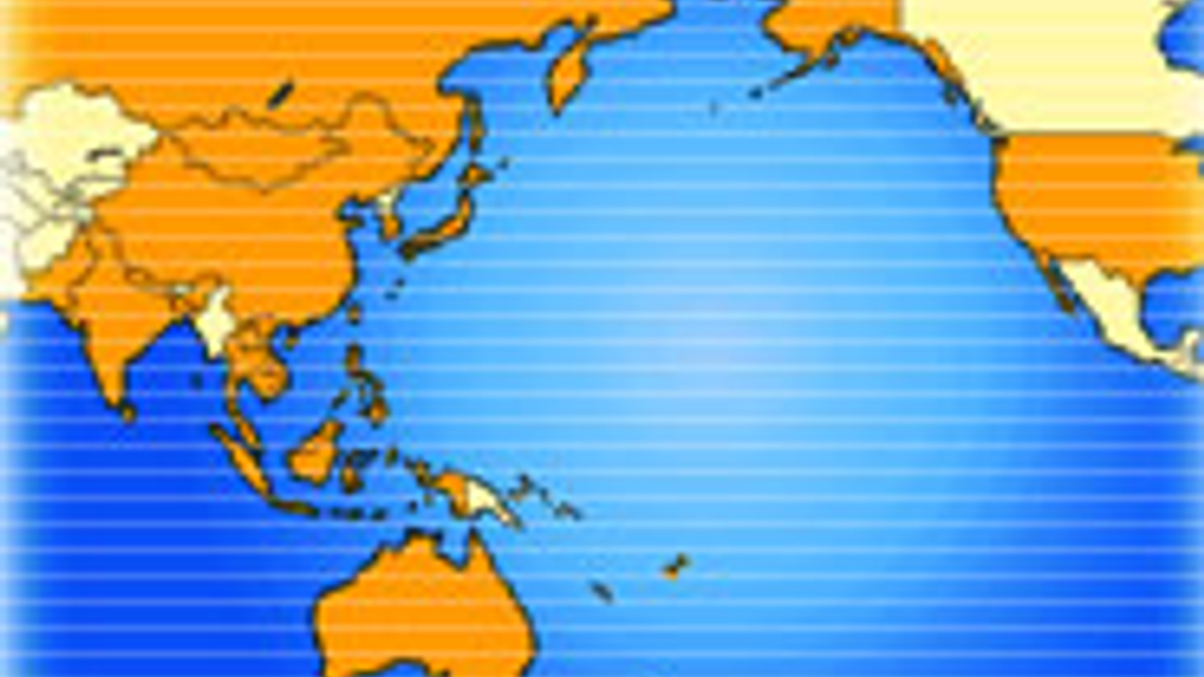Asia’s young repo market faces new OTC clearing hurdle
The risk of shifting OTC derivatives onto exchanges is that it will fragment an already small market, says JP Morgan.

The repurchase market in Asia is small, which means if other regions are a guide, it should expand rapidly. However that progress could be slowed by regulatory efforts around the world to shift more trading and clearing of over-the-counter derivatives onto exchanges, or with centralised counterparties.
Sign in to read on!
Registered users get 2 free articles in 30 days.
Subscribers have full unlimited access to AsianInvestor
Not signed up? New users get 2 free articles per month, plus a 7-day unlimited free trial.
¬ Haymarket Media Limited. All rights reserved.


